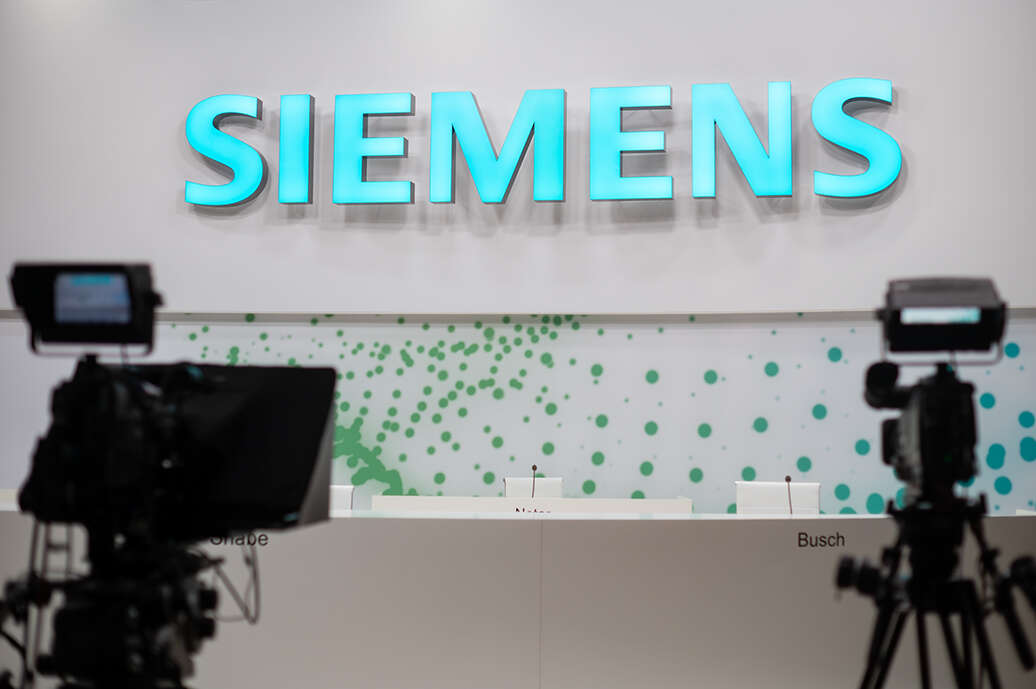
German multinational engineering giant Siemens has announced its intention to acquire asset management software-as-a-service provider Brightly for $1.9bn. The deal will bolster Siemens’ smart infrastructure business, the company said, and help to grow its digital revenues.

Based in North Carolina and currently owned by private equity firm Clearlake Capital, Brightly has 800 staff serving 12,000 customers worldwide and produces cloud-based software that gathers sensor data and predicts when maintenance will be needed before problems occur.
Siemens CEO Roland Busch said in a statement the “acquisition bolsters our growth targets, especially for digital revenue and software as a service”. Brightly’s systems are used by schools, hospitals, offices and factories, and Siemens says it will complement Siemen’s own offering in building management software.
This deal is the latest in a series of moves designed to bolster Siemens’ smart infrastructure division. In December, it acquired the digital twin business software from US-based vendor EcoDomus, and bought a $25m minority stake in US-based wireless charging company WiTricity earlier this month.
Siemens says its Smart Infrastructure division “combines the real and digital worlds across energy systems, buildings and industries, enhancing the way people live and work and significantly improving efficiency and sustainability”.
Kevin Kemmerer, CEO of Brightly Software, said in a statement that the sale represents “an important milestone” for his company after three years of transformation and shows a “confidence in our ongoing plans to scale across end-markets and geographies, our ability to accelerate our market leadership position in enterprise asset management, and our goal to help our clients create more sustainable communities”.
‘Leapfrog to the next level’
Clearlake’s $500m investment in Brightly in 2019 helped the company expand into new markets and double its annual revenue, bringing in a global customer base of about 12,000 across multiple sectors including commercial real estate and public infrastructure.
“Brightly will enable us to leapfrog to the next level of performance for buildings,” said Matthias Rebellius, CEO of Siemens’ smart infrastructure division in a statement. “With seamless data exchange between our offerings, our customers can expect enhanced efficiency, lower downtimes and maintenance costs, shorter lifecycles, better data-driven decisions and more satisfied tenants.”
“The acquisition will speed up our target of becoming a leading software company also in infrastructure and support our vision of creating fully autonomous buildings that continuously learn from and adapt to the needs of their tenants.”
Siemens estimates that by 2050 there will be seven billion people living in urban areas, a trend it says highlights the need for smart and sustainable infrastructure to serve those communities while also tackling climate change. “Siemens strives to build smart communities, enabled by digitalisation and intelligent systems,” the company said in a statement, explaining that deals like the acquisition of Brightly will help it achieve that goal.
The deal, expected to be completed by the end of 2022, is made up of $1.58bn in cash upfront and $300m in cash earn-out payments. Brightly expects to generate revenue of about $180m this year and is in a market with an annual growth rate of about 13%. Siemens confirmed Brightly’s current profit margin was roughly equivalent to the target for its Smart Infrastructure division, of between 11% and 16%, so is expected to help boost the division’s margin.
Smart infrastructure and net zero
Speaking at New Statesman Media Group’s Making Sense of Net Zero event last year, Thomas Kiessling, CTO for smart infrastructure at Siemens, said the potential to digitise buildings and infrastructure is still largely untapped. “Around 5% of buildings are smart,” he said. “For the energy grid, we’re looking at about 10% to 15% digitalisation. So there is still huge potential.”
Making buildings more energy efficient will be vital if the world is going to substantially cut its carbon emissions, Kiessling explained, with around 40% of global CO2 emissions coming from buildings.
One way to achieve this, he said, is to connect the energy infrastructure within a building to the wider energy grid, so that it can respond to fluctuations in usage and, once equipped with solar panels or wind turbines, feed into the grid. “We have estimated the compound impact of [grid-interactive buildings] to be something like 10% to 15% of total CO2 reduction,” he said.
Tech Monitor is hosting the Tech Leaders Club on 15 September. Find out more on NSMG.live






